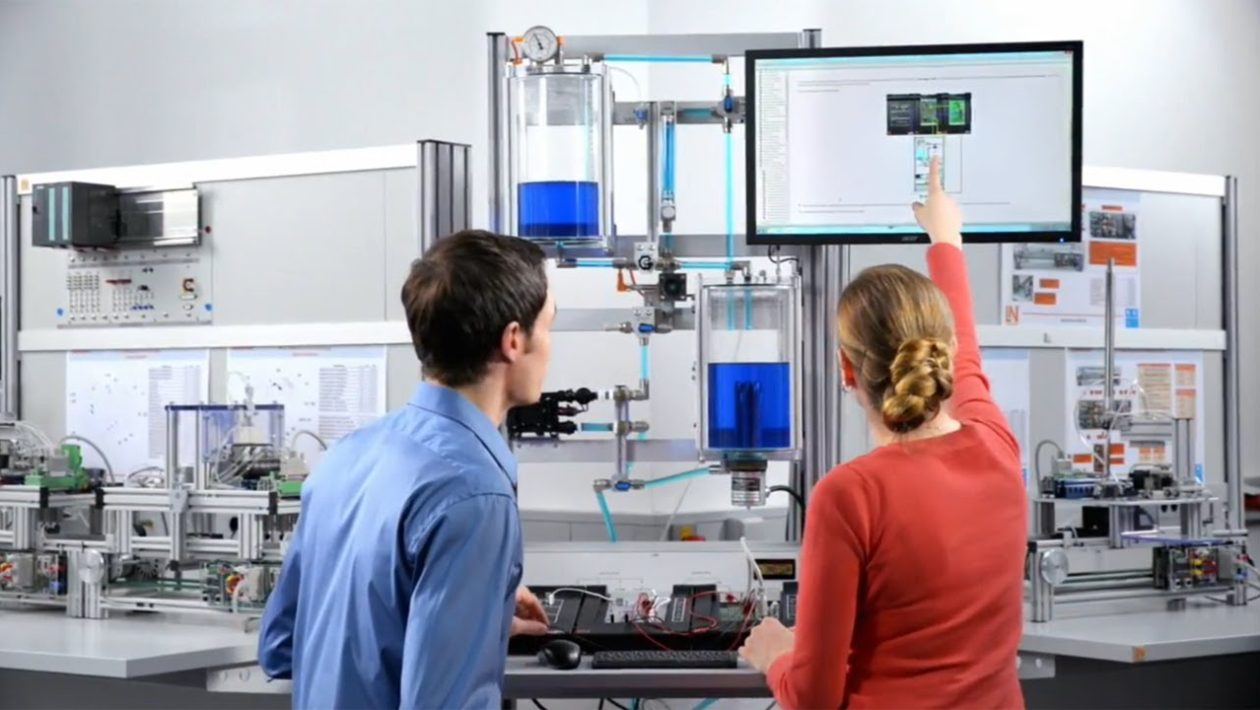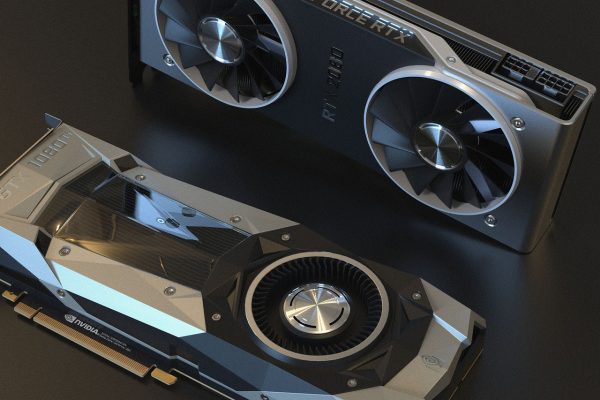Modern industrial settings are immensely complex. Peer into a factory, oil well, chemical plant, or whatever else, and you’ll find a plethora of machinery and components. Yet rather than thinking of industrial operations as a collection of machines, people, and tools, you can step back and look at the entire operation as one interconnected machine.
In a traditional automobile, drivers need to keep an eye on gasoline and oil levels. Fortunately, sensors make that easy. In industrial settings, plant managers, technicians, and various other parties may have to monitor the liquid levels of numerous different liquids in countless different tanks. If the liquids in even one tank should be depleted, or conversely overflow, it could cause disaster.
Operations are more efficient, and even more crucially, safer than ever before. Just as a machine consists of multiple components and parts working together, an industrial project will rely on many processes working in coordination with one another. Sensors play a crucial role in increasing safety, ensuring smooth operations, and otherwise improving industrial processes. That said, it’s important to select the right types of sensors, and also, to ensure that you source them from reliable suppliers who take quality control seriously.
Going back a hundred years, managing liquid levels often meant doing so with handmade measurements or visual checks. To no surprise, industrial accidents were far more common back then, but safety has improved. These days, a variety of different sensors can make it easy to monitor liquid levels and react as needed. Let’s cover some useful tools that allow you to keep a close eye on liquid levels.
Vertical Float Sensors
You’ll find vertical float switch sensors used in pumps, septic systems, storage tanks, liquid dispensing systems, and various other applications. These sensors are highly useful for monitoring liquid levels and warning you when a tank is on the verge of depletion, among other things.
As the name implies, these sensors float. A buoyant float will rise and fall with liquid levels. A switch mechanism will be triggered as the float moves up and down, making it easy to monitor changing liquid levels. Vertical switches are used when the float is attached to either the bottom or top of the tank that doesn’t have side access.
Horizontal Float Switch
Similar to vertical floating switches, a horizontal float switch will be triggered by rising and falling levels of liquid. However, a horizontal switch is mounted onto an arm. This makes it more useful in certain applications, including when the tank has an open top, for example.
Other Types of Sensors
There are other options if you are looking for a tank level sensor. While vertical and horizontal float sensors are among the most reliable and flexible sensors, in some situations, you may need to use a different type of sensor. Ultrasound sensors, for example, are an excellent choice because they can work in a variety of settings, are relatively easy to deploy, and are highly accurate.
- Further, you may also have to measure other properties besides liquid levels. Fortunately, modern technology has made measuring practically everything, such as temperatures, easier. You can not only monitor temperatures, but with an immersion heater, you can also control the temperature. When it comes to monitoring various aspects of your equipment, including temperature and vibration, remote continuous vibration monitoring benefits can provide valuable insights and help ensure the optimal performance of your machinery.
Of course, there are many other types of sensors that can be useful in a wide range of applications. It’s important first to understand your needs, working conditions, and other factors that will impact operations. From there, you can consult with experts to find the right sensors, including vertical and horizontal float sensors for the job.
Finally, the types of liquids, local weather conditions, and various other factors can all impact how sensors function and how accurate the readings are. Selecting the right sensors takes a bit of effort but can go a long way toward ensuring that your project is a success. Keep all this in mind when selecting safety equipment, sensors, and other measurement devices. The right choices now could prevent a lot of headaches and serious issues later on.





